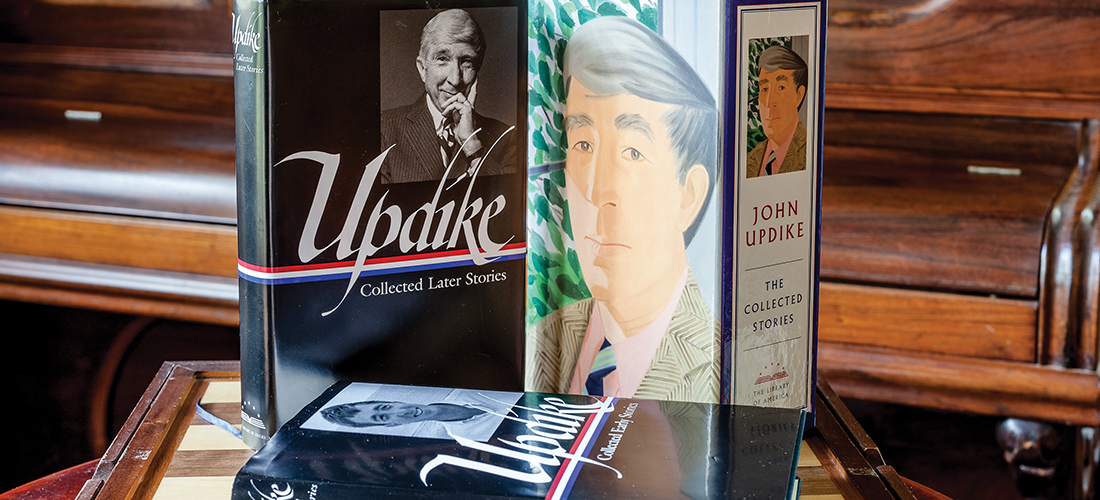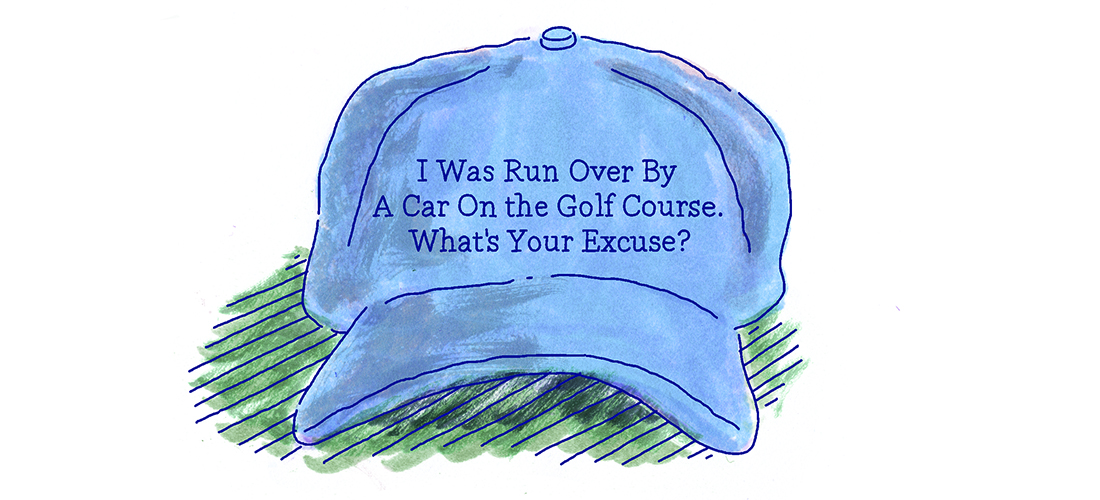Scuppernong Bookshelf
Male Call
Exploring masculinity in American letters
It’s hard for men to know how to behave. Acceptable social behavior changes from generation to generation, and sometimes from year to year. The pompous balloon of chivalry, once the norm, has been lanced and deflated. Even holding the door open for “the fairer sex” feels antiquated at best, demeaning in many circumstances. What’s a man to do?
Change is difficult, and some will resist it with all the testosterone in their rage-filled veins. This month’s Scuppernong Bookshelf looks at the phenomenon of “Toxic Masculinity” from a literary perspective. Who are the pillars of hyper-masculine literature? How do we think of them today? And what contemporary books address the evolving norms of masculinity?
The grand men of 20th-century American literature have not aged well. Ernest Hemingway and Norman Mailer should be judged for the excesses of their openly demeaning attitudes and behaviors toward women. And the crimes of the Beats include William Burroughs killing his wife, among a litany of misogynist behavior by other Beat writers. Still, we can read The Sun Also Rises and The Executioner’s Song and Naked Lunch with enthusiasm and interest even as we recognize the failings of the authors. Can’t we?
Neil LaBute, a prolific playwright, really made his name with an early, provocative film, In the Company of Men, in which two men separately seduce a deaf coworker, then dump her, comparing notes and enjoying themselves all the way. It’s a savage film and controversial in its day, exploring both the dark side of male conquest and the sliminess of the relationships some men have with each other.
Reasons to Be Pretty (Faber & Faber, 2008. $14) is pretty much more of the same. The thing is, LaBute no longer appears to be exploring the dark side of masculinity, he just seems to be sadistically reveling in it. There’s not much fresh or engaging here. It’s just another exercise in walking a fine line toward misogyny under the guise of psychological truth. The characters are repellent, which is a LaBute calling card, but they’re not saying anything new, so that the play itself becomes a monument to the very thing it professes to explore.
Unlearning toxic behaviors is painful enough. Unlearning toxic behaviors as a country is truly excruciating. J.M. Coetzee’s Booker Prize–winning 1999-novel Disgrace (Penguin, 2000. $16) follows the fall of a predatory English professor, David Lurie, who employs the words of Lord Byron to manipulate his young female students into bed. It is the story of a man who must pay for his actions, which are simultaneously a metaphor for the abuses of white males in post-Apartheid South Africa. Reading this multilayered text is by no means easy, but then again, neither is change.
The knockout stories in Junot Díaz’s This Is How You Lose Her (Riverhead, 2013. $16) continue the misadventures of Yunior, narrator throughout most of Díaz’s other books Drown and The Brief Wondrous Life of Oscar Wao, as he tackles love — romantic, familial, unrequited, and doomed. Presumed dominance as a man living in a hyper-masculine Dominican-American culture crops up repeatedly, often to humorous ends. It is his fatal assumption that the women in his life will always stand by him regardless of his actions, though, that comes back to knock him down in the rawest sense. Díaz, as usual, handles these moments flawlessly.
As late as the 19th century, knitting was considered primarily a male trade and pastime. And why not? What’s more manly than being able to whip up your own horse blanket out on the range with only some spare yarn and two dowels? The Manly Art of Knitting, (Ginko Press, 2014. $13.95) by David Fougner, is the perfect resource for beginners, offering easy-to-follow pictorial instruction on basic stitches, common problems and solutions. There are even a few manly patterns, including a dog blanket, a skullcap and a rope hammock knitted with two shovel handles as needles. How do you get more manly than making your own hammock with nothing but rope and shovels?
Of course, some think that “toxic masculinity” is not the problem at all. Fox News contributor Pete Hegseth — in his book In the Arena (Threshold Editions, 2016. $28) — sees a greater danger in “the feminization of masculinity.” He warns, through the speeches of Theodore Roosevelt, of the blindness of “a man of refinement” to his own failings.
Finally, there’s Rebecca Solnit’s lovely little book Men Explain Things To Me (Haymarket, 2015. $12.95), which examines the phenomenon of mansplaining. She suffers through a man explaining her own book back to her (without knowing she was the author), and when she corrects him on a few points, he dismisses her — even after she lets him know she wrote the book!
NEW TITLES COMING IN SEPTEMBER:
September 6: Dear Mr. M, by Herman Koch (Hogarth, $26). The author of the deliciously wicked The Dinner returns and once again spares nothing and no one in his gripping new novel.
September 13: Killing the Rising Son: How America Vanquished World War II Japan, by Bill O’Reilly, co-written with Martin Dugard, (Henry Holt, $30). Will the Killing never end?
September 20: Odes, by Sharon Olds (Knopf, $26.95). Poet Olds has spent a career looking at gender and violence.
September 27: Born to Run, by Bruce Springsteen (Simon & Schuster, $32.50). “When I look at myself I don’t see / The man I wanted to be.” Bruce offers his own examination of self. OH
Scuppernong Bookshelf was written by Brian
Lampkin, Steve Mitchell, Shannon Jones and Gabriel Pollak.






